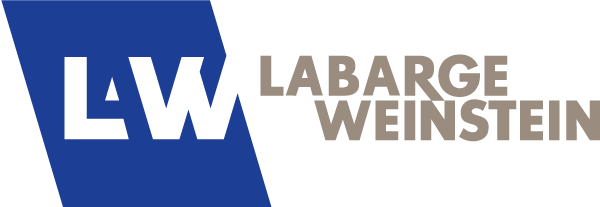Do Your Option Grants Violate TSX Rules and Black-Out Policies?
Notwithstanding media attention, particularly in the United States, relating to backdating of stock options, and reminders by Canadian securities regulators about stock option rules, many companies continue to violate Toronto Stock Exchange rules and their own black-out policies.
Staff guidance from the TSX provides that when undisclosed material information exists, it is not appropriate for the board or committee of a listed issuer to grant options under a stock option plan, even where (i) the recipient of the option is not aware of the undisclosed material information or (ii) there are regularly scheduled annual grants proposed. The Staff Notice also cautions listed issuers about granting options during a blackout period, whether or not the blackout period is directly related to a material undisclosed event.?Typically, black-out periods commence 2 or 3 weeks period prior to the end of a fiscal reporting period and end a 2 or 3 trading days after the issuer has publicly disclosed its results for such period.
It is common practice for issuers to schedule regular annual and quarterly board meetings immediately prior to the intended release of financial information since the financial information requires prior review and approval at the board level.?Boards also typically wish to review and approve regular option grants at these quarterly and annual meetings.?However, since the board meetings are held during blackout periods and while undisclosed material information exists, they are typically precluded from granting options by the rules discussed above.
Some issuer?s ?conditionally? grant options at the board meeting during the blackout period while providing that the pricing of those options is to be set at a time following the dissemination of the material undisclosed information.?While this method addresses the pricing concerns discussed below (pricing options while material undisclosed information exists) it technically runs contrary to the letter of the TSX guidance discussed above on the granting of options and most often will not comply with the pricing requirements specifically set out in the issuer?s stock option plan.?
TSX-listed issuers may adopt different strategies to attempt to address this practical difficulty.?The first approach is that the issuer holds multiple board or committee meetings such that the board or committee responsible for option grants reconvenes following the lifting of the blackout period and the dissemination of material information.?This approach, while preferred by TSX as fully compliant with granting and pricing requirements, is practically difficult given typical board member availability.
A second strategy is for the board to review and discuss proposed option grants (without pricing) at its regularly scheduled meetings. Subsequent to the meeting and following the end of the blackout period and the dissemination of material information, a written resolution is then circulated to board members granting the options and setting the option prices in accordance with plan terms and TSX requirements. It is worth noting that certain issuers have avoided this approach when adopting ?best practices? on the belief that option grants effected by written resolution are cumbersome and leave open greater potential for manipulation of the date of grant.
A third and recommended alternative is that where the board meets to consider options during a blackout period, the actual granting and/or pricing of the options shall occur at a fixed period of time after the blackout period ends, provided that these granting and pricing provisions are included in the stock option plan itself by an amendment to the plan that is pre-cleared with the TSX. Note however that the details of the new stock option plan provisions and the actual mechanics of granting the options may give rise to securities laws and corporate governance issues, as well as tax and accounting consequences that should be reviewed by professional advisors.

